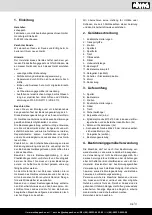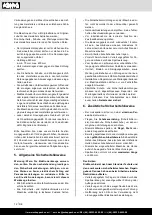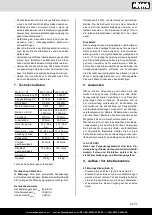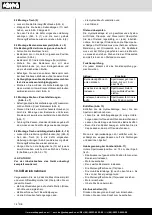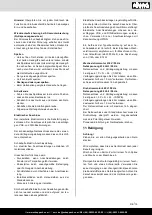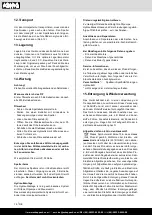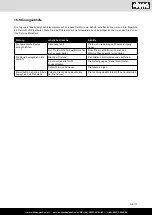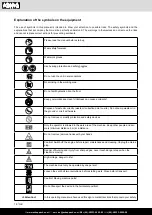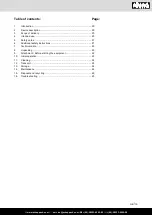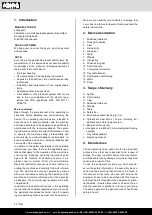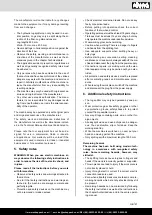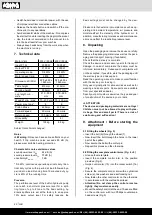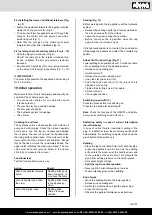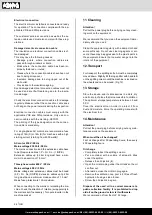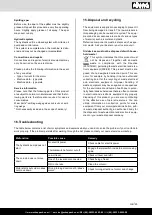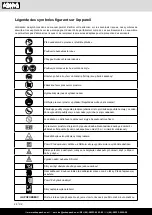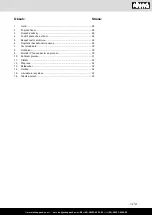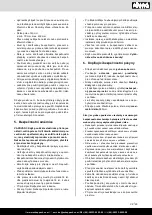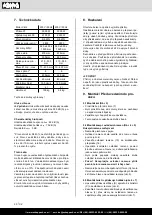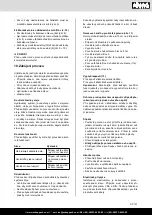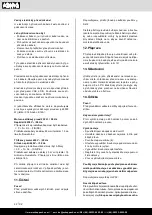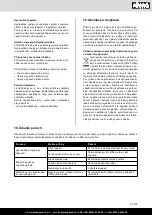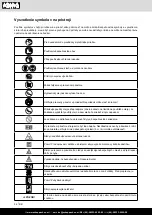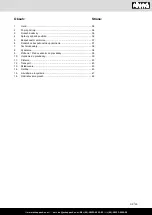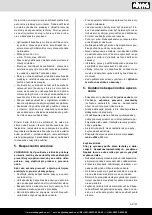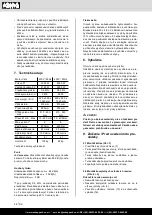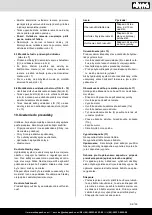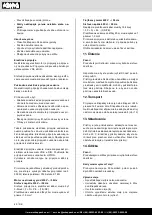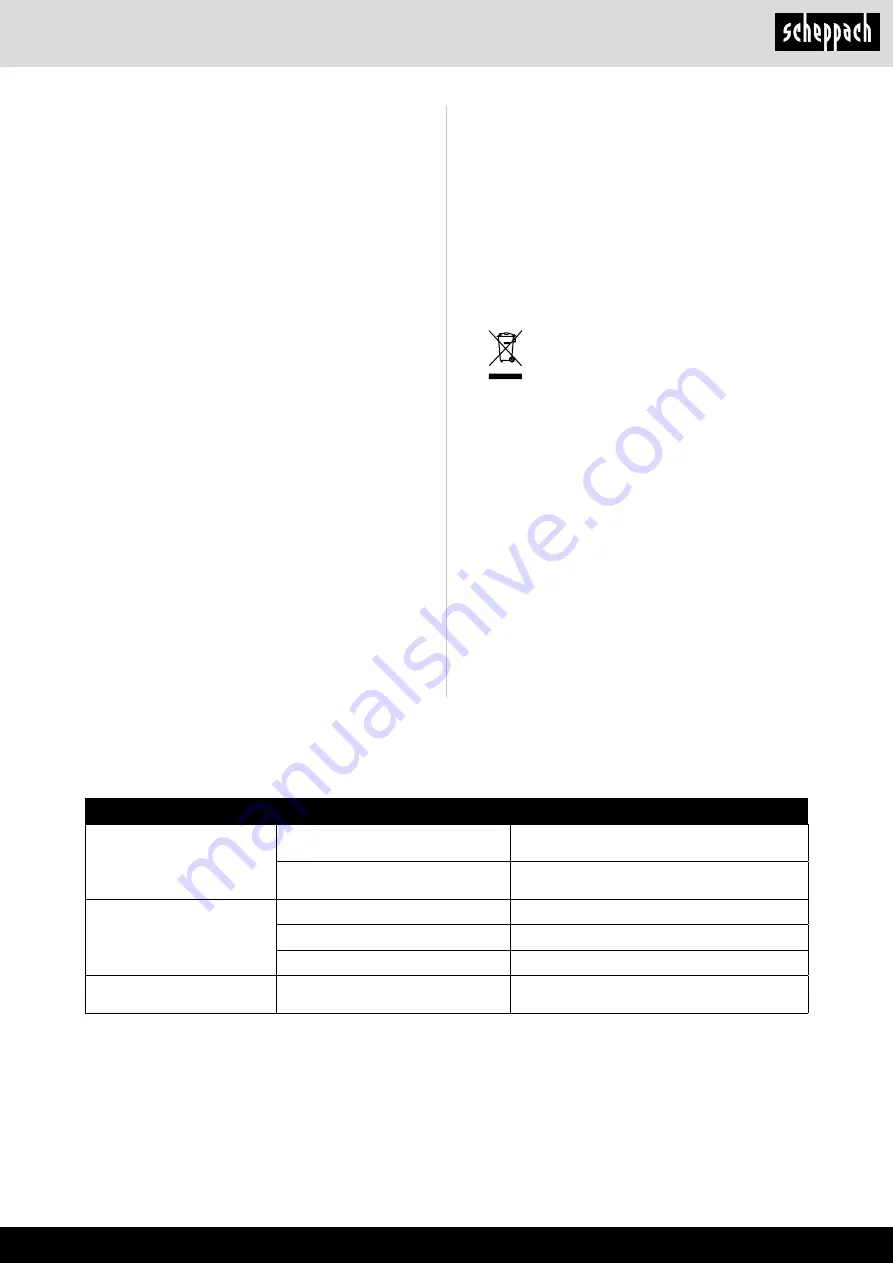
www.scheppach.com /
service@scheppach.com /
+(49)-08223-4002-99 /
+(49)-08223-4002-58
GB | 25
15.
Disposal and recycling
The equipment is supplied in packaging to prevent it
from being damaged in transit. The raw materials in
this packaging can be reused or recycled. The equip-
ment and its accessories are made of various types
of material, such as metal and plastic.
Defective components must be disposed of as spe-
cial waste. Ask your dealer or your local council.
Old devices must not be disposed of with house
-
hold waste!
This symbol indicates that this product must
not be disposed of together with domestic
waste in compliance with the Directive
(2012/19/EU) pertaining to waste electrical and elec-
tronic equipment (WEEE). This product must be dis-
posed of at a designated collection point. This can
occur, for example, by handing it in at an authorised
collecting point for the recycling of waste electrical
and electronic equipment. Improper handling of
waste equipment may have negative consequences
for the environment and human health due to poten-
tially hazardous substances that are often contained
in electrical and electronic equipment. By properly
disposing of this product, you are also contributing
to the effective use of natural resources. You can
obtain information on collection points for waste
equipment from your municipal administration, pub-
lic waste disposal authority, an authorised body for
the disposal of waste electrical and electronic equip-
ment or your waste disposal company.
Splitting spar
Before use, the spar of the splitter must be slightly
greased. Repeat this procedure every five operating
hours. Slightly apply grease of oil spray. The spar
may never run dry.
Hydraulic system
The hydraulic unit is a closed system with oil tank, oil
pump and control valve.
The system is complete when the machine is deliv-
ered, and may not be changed or manipulated.
Connections and repairs
Connections and repairs of electrical equipment may
only be carried out by an electrician.
Please provide the following information in the event
of any enquiries:
• Type of current for the motor
• Machine data - type plate
• Machine data - type plate
Service information
Please note that the following parts of this product
are subject to normal or natural wear and that the fol-
lowing parts are therefore also required for use as
consumables.
Wear parts*:
splitting wedge guides, hydraulic oil, split-
ting wedge
* Not necessarily included in the scope of delivery!
16.
Troubleshooting
The table below contains a list of error symptoms and explains what you can do to solve the problem if your tool fails to
work properly. If the problem persists after working through the list, please contact your nearest service workshop.
Malfunction
Possible cause
Remedy
The hydraulic pump does not
start
No electric power
Check cable for electric power
Thermal switch of motor cut off
Engage thermal switch inside the motor casing
again
The column does not move
down
Low oil level
Check oil level and refill
One of the levers not connected
Check fixing of lever
Dirt in the rails
Clean the column
Motor starts but column does
not move down
Wrong turning direction of 3-phase
motor
Check turning direction of motor and change

